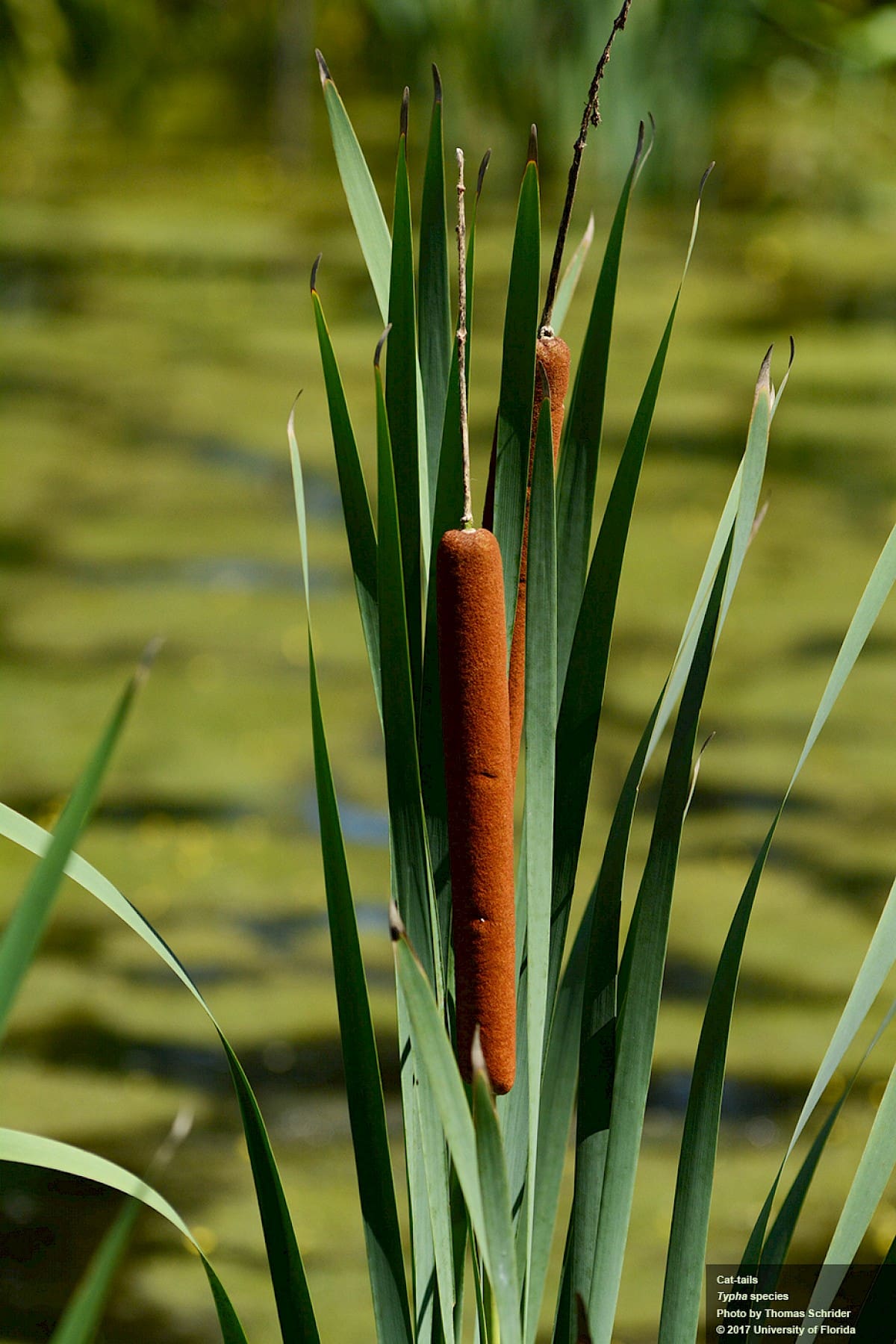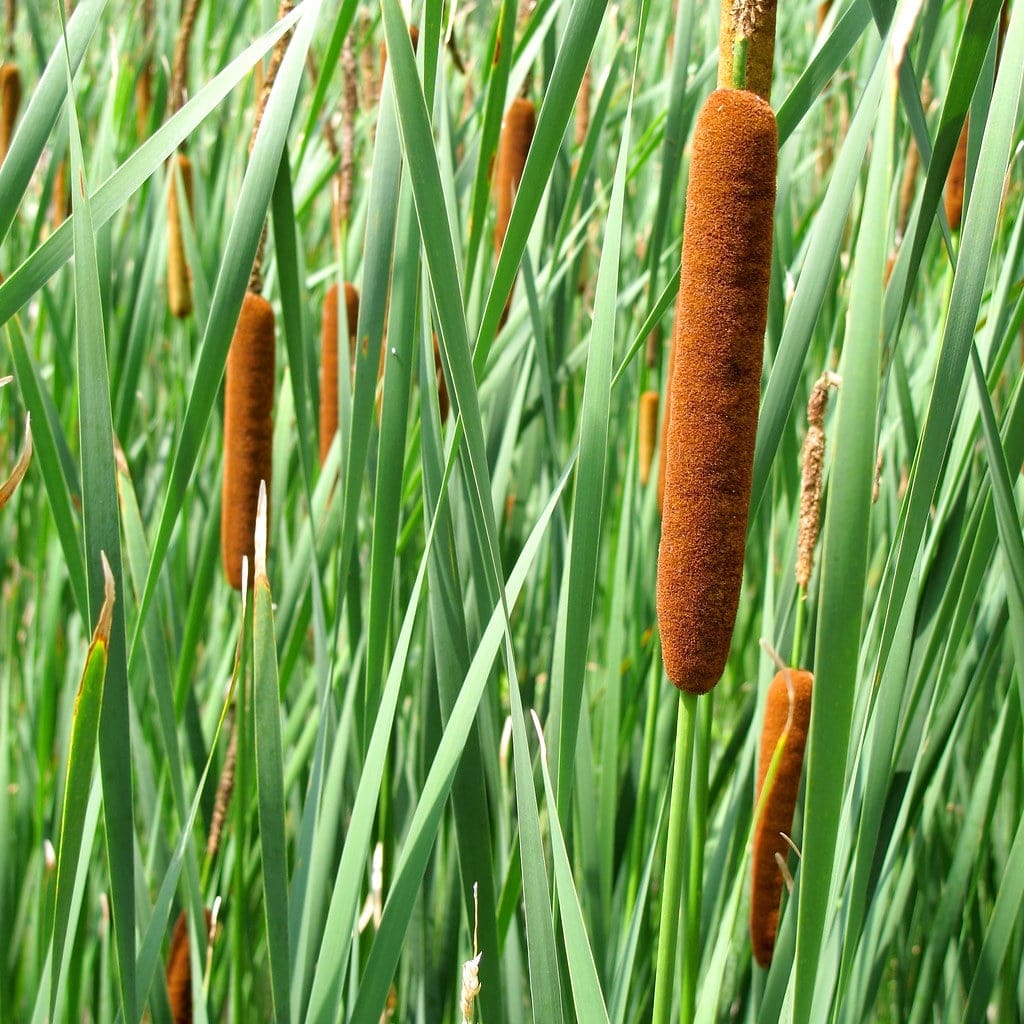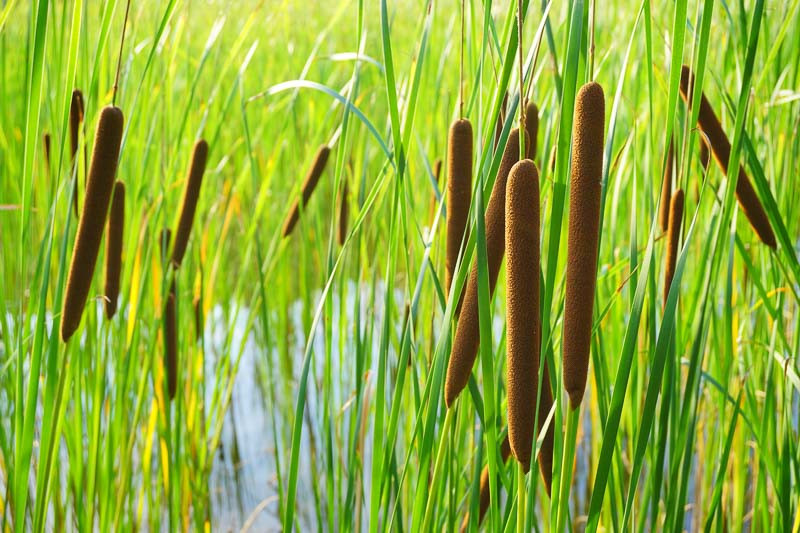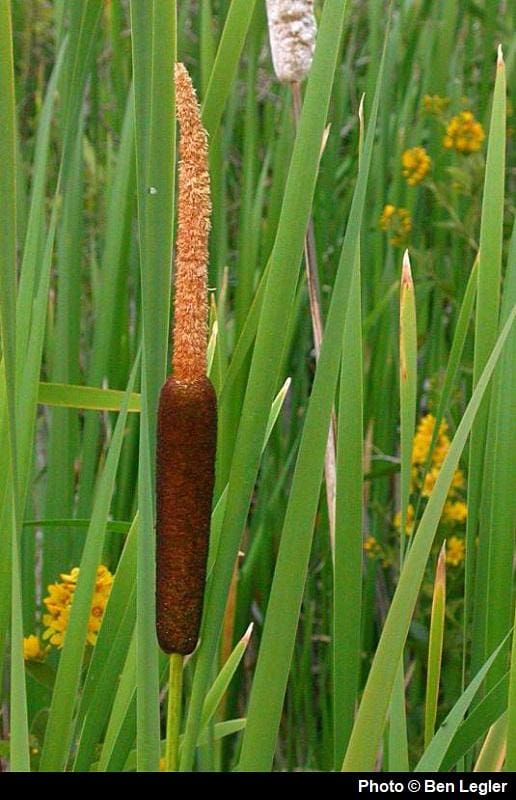In the realm of abundant aquatic vegetation, the name of ‘Typha Caspica’ often comes to the fore as a species of notable distinction. This brief exposé will examine this captivating plant, focusing on its morphology, ecology, distribution, and the unique role it plays within aquatic ecosystems. Known by several names such as bullrush or reedmace, the Typha Caspica’s multifaceted characteristics contribute significantly to plant diversity in water bodies and yield valuable insights into ecological functionality and environmental sustainability.

Definition of Typha Caspica
Typha Caspica, categorised under the Typhaceae family, is an incredible species of aquatic plant that holds a vital role in the ecosystem of its native environment. Identified by the distinguishing spike inflorescence, this plant contributes significantly to its local flora’s diversity and complexity. It displays a remarkable aptitude for survival, with unique adaptations which allow it to thrive in water-dominant conditions.
Scientific classification of Typha Caspica
Belonging to the Plant Kingdom, Typha Caspica falls under the Tracheophytes Subkingdom. Its taxonomic classification includes being attached to the Angiosperms Superdivision, further classified under the Magnoliids class, and finally under the Typhaceae family. It holds a unique position within its classification, having developed particular traits that allow it to exist in a highly specific niche within its ecosystems.
Common names for Typha Caspica
The Typha Caspica, while having a formal scientific name, is also known by several common names, influenced by its regional distribution and local languages. Some common names include Bulrush or Reedmace, manifesting an identity deeply connected to the plant’s appearance and habitat.
Physical Characteristics of Typha Caspica
Unmistakably characterised by its elongated form and gradual spike, Typha Caspica presents an interesting blend of physical features that distinguish it within its habitat.
Description of the plant’s appearance
Your attention may first be grabbed the tall, reed-like stem of Typha Caspica, rising high above the water’s surface. The stem is topped with a cylindrical, brownish spike inflorescence which contains minute flowers. These inflorescences carry both the male and female flowers, segregated by a gap in the spike.
Detail on the size and growth habit
Typha Caspica exhibits a growth habit similar to many aquatic and marshland plants, extending erect from underwater rhizomes to tower impressively above the water level. The plant’s height generally ranges between 1.5 m to 3 m, while the diameter of the cylindrical spike inflorescence usually measures between 1.5 cm to 3 cm.

Habitat and Geographic Distribution
Typha Caspica’s distribution maps a particular preference towards freshwater environments and marshlands.
Natural habitats where Typha Caspica thrives
Typically, Typha Caspica is found in marshes, freshwater ponds, lakes, and rivers. This hardy plant can also adapt to slightly brackish environments, indicating its impressive resilience and adaptability.
Countries and regions where Typha Caspica is found
Typha Caspica has primarily been recorded in the environments around the Caspian Sea like Iran and Azerbaijan, from where it got its name. However, its presence extends beyond these regions, surfacing in other suitable habitats around the world.
Adaptation to Aquatic Conditions
Due to its aquatic nature, Typha Caspica has seen evolution shape its form and function to cope successfully in water-dominant habitats.
Special adaptations for waterborne growth
One notable adaptation of Typha Caspica is its air-filled tissue known as aerenchyma. This functions as a kind of internal snorkel, enabling the submerged parts of the plant to access vital atmospheric oxygen, even underwater.
Surviving in varied water conditions
Typha Caspica’s tolerance for certain levels of salinity extends its habitat range, allowing survival in slightly brackish waters, in addition to freshwater environments.

Lifecycle and Reproduction
Overview of the plant’s lifecycle
An annual, Typha Caspica grows new stems with each successive year, while older stems die out. Flowering commences around May, with seeds maturing by late summer. The dispersal of these seeds aids in propagating the plant across its habitat.
Reproductive strategies and mechanisms
Typha Caspica primarily utilizes wind pollination, with a little assistance from insects. The distance between the male and female flowers on its spike ensures that self-pollination is less likely, thus promoting genetic variation. Moreover, Typha Caspica has evolved the ability for asexual reproduction through rhizomes, extending its growth and survival capabilities extensively.
Ecological Roles of Typha Caspica
Not just a decorative presence, Typha Caspica plays several roles in its ecological environment.
Impacts on the aquatic ecosystem
Typha Caspica serves as an ecological stabilizer, assisting in maintaining water quality by absorbing excess nutrients and pollutants. Beyond water purification, the plant also aids in soil stabilization and erosion control.
Interaction with other species
Typha Caspica provides a vital habitat and food source for various wildlife species. Its seeds are consumed by birds, and its stems and leaves offer shelter to small animals and invertebrates.

Human Uses of Typha Caspica
Beyond its ecological roles, Typha Caspica also has uses within human contexts.
Culinary uses of Typha Caspica
Historically, various parts of the Typha Caspica plant have been used as a food source. Its young shoots can be consumed raw or cooked, while its pollen can be used as flour.
Medicinal uses of Typha Caspica
Traditionally, Typha Caspica also holds medicinal value, used in various cultures for its anti-inflammatory and astringent properties. For instance, it has been utilized to treat wounds, digestive disorders, and respiratory illnesses.
Challenges and Threats to Typha Caspica
Potential threats to Typha Caspica
While adaptable, Typha Caspica faces threats from habitat loss due to wetland drainage, pollution, and invasion by non-native plant species. The fragility of its habitat makes it susceptible to these environmental changes.
Impacts of environmental change
Climate change and human activities are putting pressure on wetlands, disrupting the delicate balance necessary for Typha Caspica’s survival. Rising temperatures and altered precipitation patterns could severely affect the plant’s habitat, thereby impacting its distribution and population.

Conservation and Management of Typha Caspica
Conservation status and efforts
While conservation efforts exist, they may not be sufficient to counteract the rapid rate of wetland attrition. Thus, more robust and comprehensive strategies need to be developed.
Management strategies for sustainable growth
Diversified strategies for sustainable management must be actioned, including the restoration of degraded wetlands, limiting pollution input into freshwater systems, and conserving areas currently hosting healthy populations of Typha Caspica.
Research and Studies on Typha Caspica
Recent scientific studies on this plant
Research on Typha Caspica has primarily been focused on understanding its ecology, distribution, and adaptation abilities, particularly in response to various environmental conditions.
Potential areas for future research
The unique traits of Typha Caspica offer many potential research areas, such as exploring further its medicinal properties, its use in environmental remediation, and investigating its genetic adaptations to survive in various water conditions.
